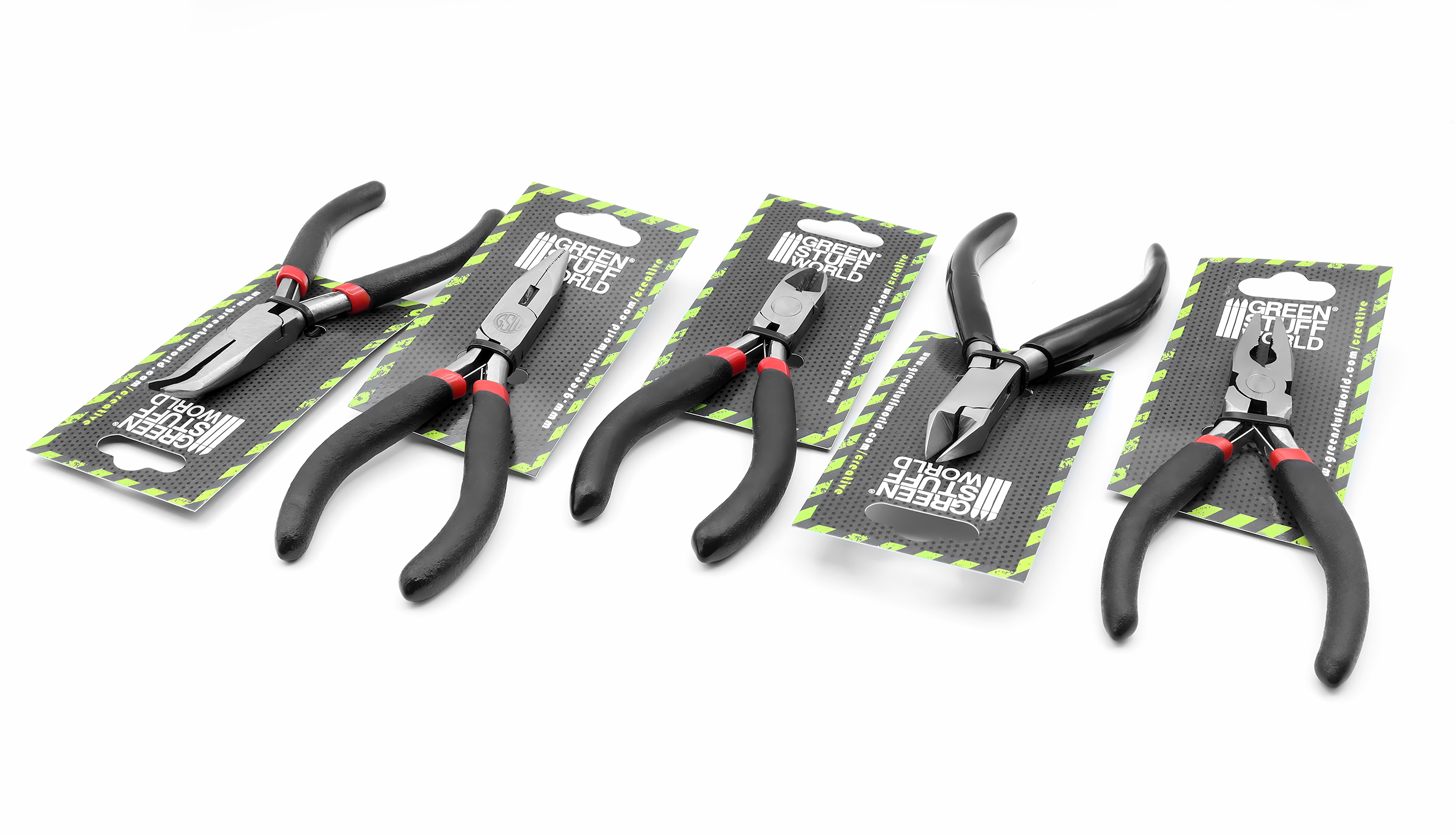Reference: 8436554360475ES
Brand: Green Stuff World
Metal sheets for magnets
Metal sheets for magnets | Rubber Steel Sheet Self Adhesive
 Cookie preferences
Cookie preferencesWe use our own and third party cookies to collect information to improve our services and to analyze your browsing habits. If you continue browsing, you accept their installation. You can configure your browser to prevent their installation.
Required cookies
Always active
These cookies are strictly necessary for the operation of the site, you can disable them by changing the settings of your browser but you will not be able to use the site normally.
Cookies used
Functional cookies
These cookies provide necessary information to applications of the website itself or integrated by third parties, if you disable them you may find some problems in the operation of the page.
Cookies used
Performance cookies
These cookies are used to analyze the traffic and behavior of customers on the site, help us understand and understand how you interact with the site in order to improve performance.
Cookies used
Guided cookies
These cookies can be from the site itself or from third parties, they help us to create a profile of your interests and to offer you advertising aimed at your preferences and interests.
Cookies used
The user is informed that he/she has the possibility of configuring his/her browser so that he/she is informed of the reception of cookies, being able, if he/she so wishes, to prevent them from being installed on his/her hard drive.
Below we provide links to various browsers, through which you can make such configuration:
Firefox from here: https://support.mozilla.org/es/kb/Deshabilitar cookies de terceros
Chrome from here: https://support.google.com/chrome/answer/95647?hl=es
Internet Explorer from here: https://support.microsoft.com/en-us/windows/manage-cookies-in-microsoft-edge-view-allow-block-delete-and-use-168dab11-0753-043d-7c16-ede5947fc64d
Safari from here: https://support.apple.com/es-es/guide/safari/sfri11471/mac
Opera from here: https://help.opera.com/en/latest/web-preferences/#cookies
Reference: 8436554360475ES
Brand: Green Stuff World
Metal sheets for magnets | Rubber Steel Sheet Self Adhesive
Reference: 8436554365050ES
Brand: Green Stuff World
Instant glue | CA glue
Reference: 5035167000490ES
Brand: Green Stuff World
Milliput Standard Yellow Grey - Epoxy putty for all kinds of applications.
Reference: 8435646509365ES
Brand: Green Stuff World
Black Plastic Bases | Black plastic base adapters 20-25mm
There are 8 products.
Reference: 8436574509205ES
Brand: Green Stuff World
Flat Cutting Nipper
Reference: 8435646526409ES
Brand: Green Stuff World
Bending flat pliers | Photo etch bending pliers
Reference: 8435646501192ES
Brand: Green Stuff World
Ultra Flat Cutting Nipper
Reference: 8436554369706ES
Brand: Green Stuff World
Flush Side Cutting Pliers
Reference: 8436554360628ES
Brand: Green Stuff World
Bent Long Nose Plier | Bent Nose Pliers
Reference: 8436554360604ES
Brand: Green Stuff World
Long Nose Pliers | Needle nose pliers
Modeling pliers are an essential hobby tool in modeling and handicrafts, used for gripping, bending, and cutting various materials. A nipper consists of two arms that pivot at a point, with the jaws of the hobby cutting pliers for the model located at the end of each arm.
The jaws of the nipper tools can come in various shapes and sizes, depending on their intended use. For example, needle nose pliers have long, pointed jaws that can reach into tight spaces and grip small objects, while flat nose ones have wider, flat jaws that can grip larger objects or hold them in place while being worked on.
One of the key features when using a nipper in modeling is the ability to apply pressure to the material being worked on. This pressure can be used to bend or shape the material to a desired shape, or to cut it cleanly and precisely. This is particularly useful when working with metal or wire, where precision is important to create a clean finish.
They are also versatile in that they can be used for a variety of tasks. They can be used to open and close jump rings, create wire loops, crimp beads, and more. They are also commonly used for jewelry making, such as forming ear wires or creating clasps.
It is important to choose the right types for the task at hand, as using the wrong types can result in damage to the material being worked on or the tool itself. Additionally, it is important to use the appropriate size of nipper for the job, as using tools that are too large or too small can also cause damage.
Choosing the best side cutters for modeling depends on your specific needs and the task at hand. However, here are some factors to consider when selecting them:

Green Stuff World offers a range of hobby tools specifically designed for modeling and other hobbyist uses. Here are some of the types of we offer:
These are just a few of the many nipper tools available, so it is important to choose the right types for your task can make the job easier and more efficient.
Maintaining your cutting pliers is essential to ensure their longevity, efficiency, and safety during use. Here are some steps you can follow to properly maintain them: